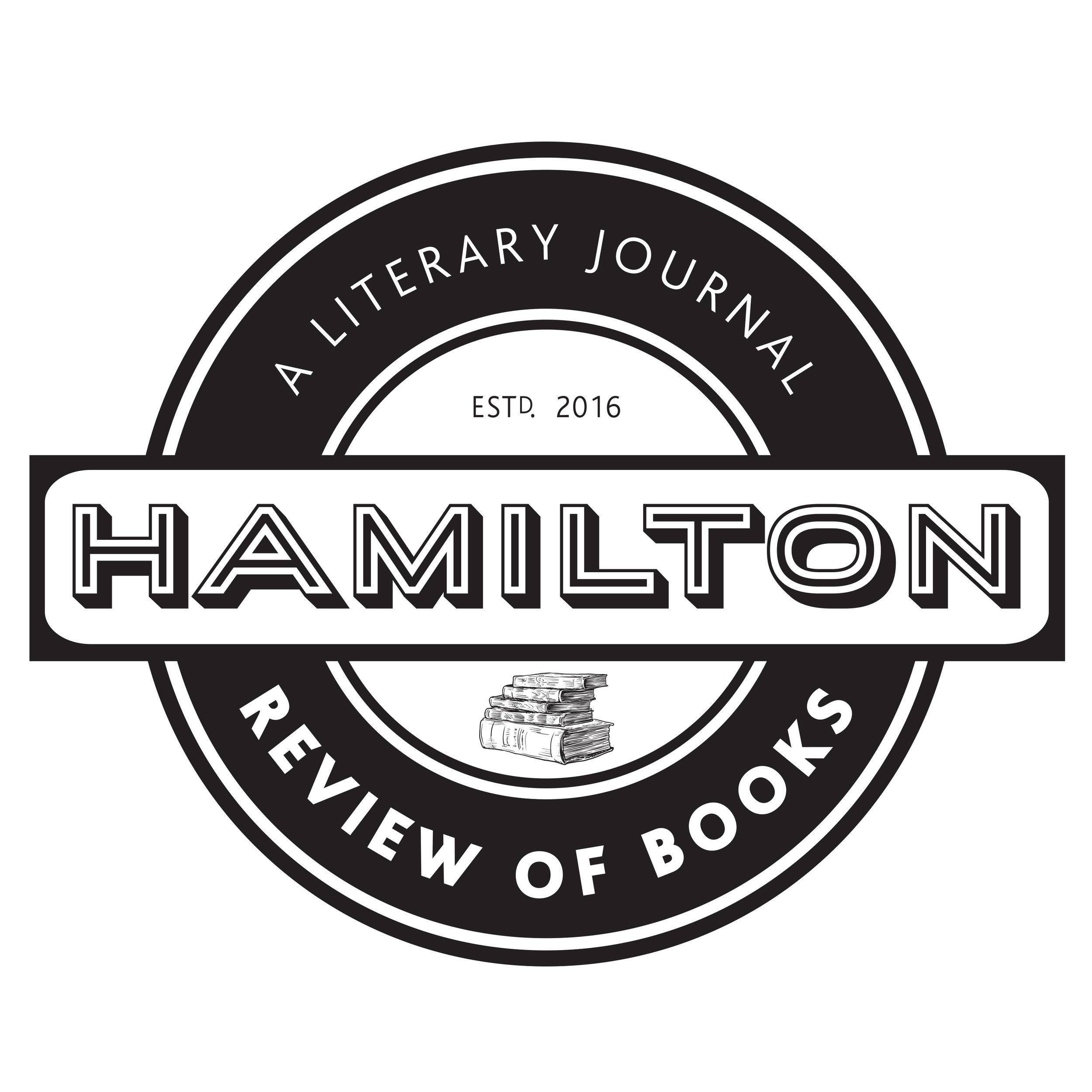Jesse Ruddock. Shot-Blue. Coach House Books. $19.95, 240 pp., ISBN: 9781552453407
A Review of Jesse Ruddock's Shot-Blue
Review by Rhonda Dynes
Trigger warning: sexual violence, child abuse, and other sensitive issues are discussed in this review.
Shot-Blue, the debut novel from Guelph-born turned New Yorker Jesse Ruddock, is a novel about young adults that isn’t a YA novel. The story appears to be rather modest: a young boy called Tristan, tries—and eventually has no choice but—to grow up. This story, though, set on the mythical, dreamlike, and ultimately dangerous Treble Island in an uncertain era, sits precariously perched, as half parable and half could-have-been-true Canadian historical fiction. The island, set on the also mythical Prioleau Lake, is populated by various groups of labourers and fishers and its happenings necessitate the Canadian reader to consider a variety of difficult questions around issues of otherness, indigenous culture, and territory.
Tristan begins the novel under the thumb of his ethereally beautiful and scarred mother Rachel, whose “scar was a wave stuck in breaking. It looked awful, like the skin was ground dug up by a dog.” It is unclear at the outset whether Tristan is somehow disabled or merely held back from the world by Rachel, but she spends a lot of her time early in the novel keeping Tristan inside and not allowing him to do manual work while she slogs, at times choosing prostitution to keep them fed and housed. The two are penniless outsiders in Prioleau, even though Rachel’s lineage appears indigenous to the lake region they inhabit. Theirs is a world controlled by the elements—work appears in the spring and summer but dries up to nothing in fall and winter. Storms and wind come at random and turn calm to calamity at will.
Discussing the novel’s point of view is a complicated endeavour because the early novel focuses so closely on Rachel’s vivid perceptions of the world and then, in one of the novel’s most heart-breaking moments, takes us right out of her vision and into her son’s. Early in the novel, Rachel gets so sick her illness lasts for months, and she lives mostly in a dreamlike stupor, unable to move. When she is visited by Keb, a local man who pays her for sex, a switch in narrative point of view reveals his decision to tell himself that she is fine as he consciously decides to rape her. When Tristan, who is forced outside of the hut as this traumatic event happens, damages the unwelcome man’s boat oars, perhaps out of anger for what is happening, Keb runs into the hut and takes back his money, leaving Rachel and Tristan there to suffer and struggle on. The event itself is jarring, and the sudden move to multiple points of view seems to also mark a narrative shift in the novel as a whole.
As Tristan copes with his mother’s choices and her rather anti-Blanche DuBois tendency to never accept the help of anyone at any cost, Tristan is hired on to work at a sort of summer resort that just seems to magically spring up around and over the hut he grew up in, even though Rachel apparently had documents claiming the land was her birthright. There Tristan works alongside (but never with) a group of boys and girls who don’t know what to make of him and whom he, in turn, never really even tries to reach out to. And should he? This seems to be one of Ruddock’s central questions in the novel: is it necessary for those who are on the outskirts of society to eventually reach out or integrate themselves with others? Are self-individuation and self-governance sacrosanct, even in the face of starvation or severe deprivation?
Shot-Blue is a difficult novel. Tristan is described as having extremely long blue-black hair and dark lips. Other than offering these minor details, Ruddick recalcitrantly refuses to discuss the possibility that Tristan is indigenous or of mixed race, only that he is othered from the rest of his peers. The only character able to reach Tristan is Tomasin, a girl who is on the island for the summer, whose sole desire seems to be owning and exoticizing Tristan. When she thinks of what he is to her, she decides he is “religious,” and “[r]eligious meant she couldn’t understand and it wasn’t her fault.” Once Tomasin feels she has Tristan, though, she ignores him for the rest of the story.
Prioleau Lake is fictional, but sounds so much like one of Canada’s lake regions as it was taken away from indigenous peoples and populated by tourists, that it is difficult to keep its fictionality in mind. Clearly the dis-connection is intentional, but at times I wondered at what cost? There are both benefits and challenges to writing a parable as opposed to creating a piece of historical fiction.
There is no doubt in the novel that Rachel and Tristan get kicked around brutally by life, their home stripped from them and their ability to make their own way constantly questioned, but their brusque stubbornness in response at times complicated my own ability to really hear their story, never mind to empathize with or feel for them. But Ruddock’s ability to craft a complicated story into a haunting and vivid set of ideas of otherness and connection is clear. This story is a tough one to read, and perhaps it is meant to be that way.

